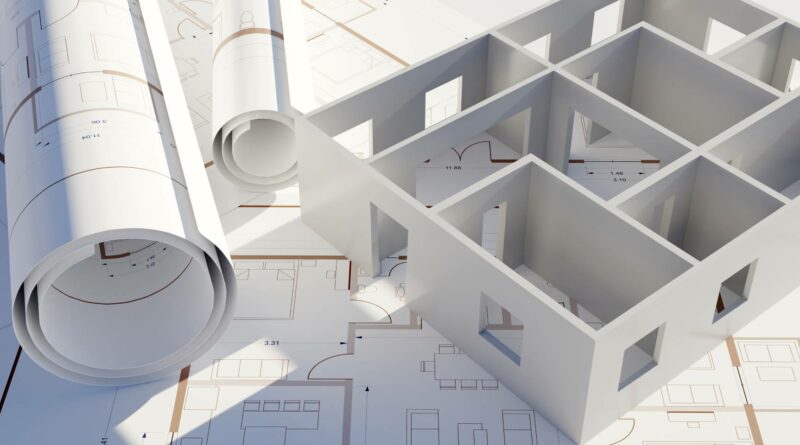The Role of Architectural BIM in Creating Sustainable Buildings
As we continue to battle with the ever-evolving climate in the architectural landscape, the need for sustainable developments has become increasingly important. Architects, engineers and builders are now prioritizing builds that are efficient, cost-effective and environmentally friendly. A tool emerging in this realm is Building Information Modeling (BIM).
According to OCNJ Daily, BIM is a digital representation of physical and functional characteristics of a facility. It serves as a shared knowledge resource for information about a facility, forming a reliable basis for decisions during its life cycle, from inception onward. Its application in architecture has been transformative, providing architects with tools to create more sustainable designs.
One of the most significant ways BIM contributes to sustainable architecture is through energy efficiency. BIM’s 3D models allow architects to assess a building’s energy performance from the design phase. They can simulate different scenarios, like the impact of various architectural elements and materials on the building’s energy consumption. By doing so, BIM helps architects optimize their designs for energy efficiency, reducing the building’s carbon footprint.
For example, architects can use BIM to visualize the sun’s path and understand how it impacts the building’s heating and lighting needs. They can then design the building to take advantage of natural light, reducing the need for artificial lighting and thereby saving energy.

